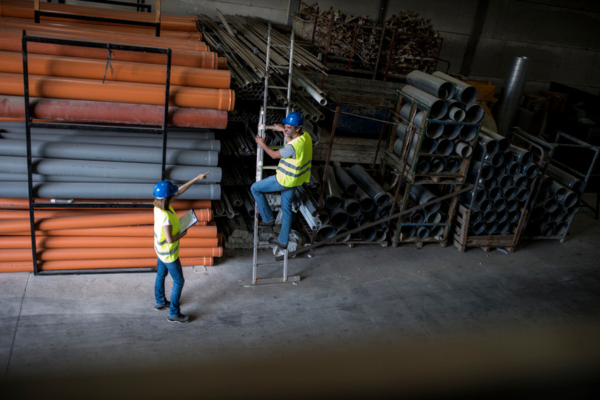Innovative plumbing tools and fittings explained for compliant projects
Innovations in plumbing products have increased, particularly over the past decade and while they’re helping make our lives better, it’s important that they are being used and installed correctly. PROVE Standards and Engineering plumbing test consultant Terry Nguyen explains.
The development of plumbing products has stepped up its game, particularly over the last decade or two. The traditional systems we have always relied on still form the backbone of our network for delivery of potable water and removal of waste, however the manner in which we use and rely on this the framework is seeing changes as technology advances.
New products are a welcome introduction into our lives and exist generally to help make life better. Whether it’s an appliance able to perform automated tasks or innovative products that allow quicker and easier plumbing connections, innovative products are here for our benefit. These products have a place in our lives but do not often have a place within the current Australian Standards that are used to provide WaterMark certification.
All products connected to the water supply and drainage network must undergo a risk assessment, where the outcome determines whether a product must carry a WaterMark certificate. If a WaterMark certificate is needed, the product is required to be assessed against the relevant standard or specification to ensure that the product is able to meet minimum design and performance requirements. However, many of the new products being developed do not fit within the scope of current Australian Standards or technical specifications.
The journey for these products therefore begins with the development of a new technical specification that will be used to assess the product. New technical specifications are developed with the help of a WaterMark Conformity Assessment Body (WMCAB) under the guidance and rules set out by the Australian Building Codes Board (ABCB). The ABCB uses industry technical experts to offer advice where possible to ensure the specification being developed is correct and captures any necessary prescriptive design and performance requirements.
The process can sometimes be quite long depending on the complexity of the product and the risks it poses to plumbing networks. However, the end result is that an innovative product can be tested assessed and bear the necessary WaterMark certificate needed for a compliant installation. It allows a path for new and innovative products to be brought to market for use in plumbing and drainage networks.
It also allows for a passage to WaterMark for products that have existed for a period of time now but have often been over-looked through the WaterMark scheme.
In the past few years, many new products have emerged on the list of technical specifications highlighting the importance of the current method. Recent additions to the list include means for assessing increasingly popular products such as:
- Flood stop safety valves
- Bidet douche seats
- Various mains connected drinking water appliances
- Offsest pan connectors
- Pressure compensating tanks
- Various control valves for heated water systems
This list grows each day as technology brings new innovative products to the market.
It is important that any products installed into plumbing and drainage networks are always checked for their need of WaterMark certification. Yet not all products need the mandatory certification.
The ABCB has two lists that are used to determine which products must carry WaterMark certification and products that are formally recognised as being exempt. Products that do not feature on either of these two lists are not likely to be legally installed and carry a health risk to communities where used. The installation has an additional risk to the licensed practitioner who installed the product, even if it was a simple oversight. ‘
When uncertain, it is always best to check the ABCB’s website to determine if a product exists on the WaterMark Schedule of Products and/or the WaterMark Schedule of excluded products.
As a general rule, if a product is connected to potable water or drainage networks it is likely to require WaterMark certification.
While a product might initially seem to be a great inclusion into our daily lives, care should be taken to ensure that it is able to be used and is used correctly installed under the limitations of the product’s certification.
*This article was originally published in the summer 2018 edition of Plumbing Connection. Click here to subscribe.

